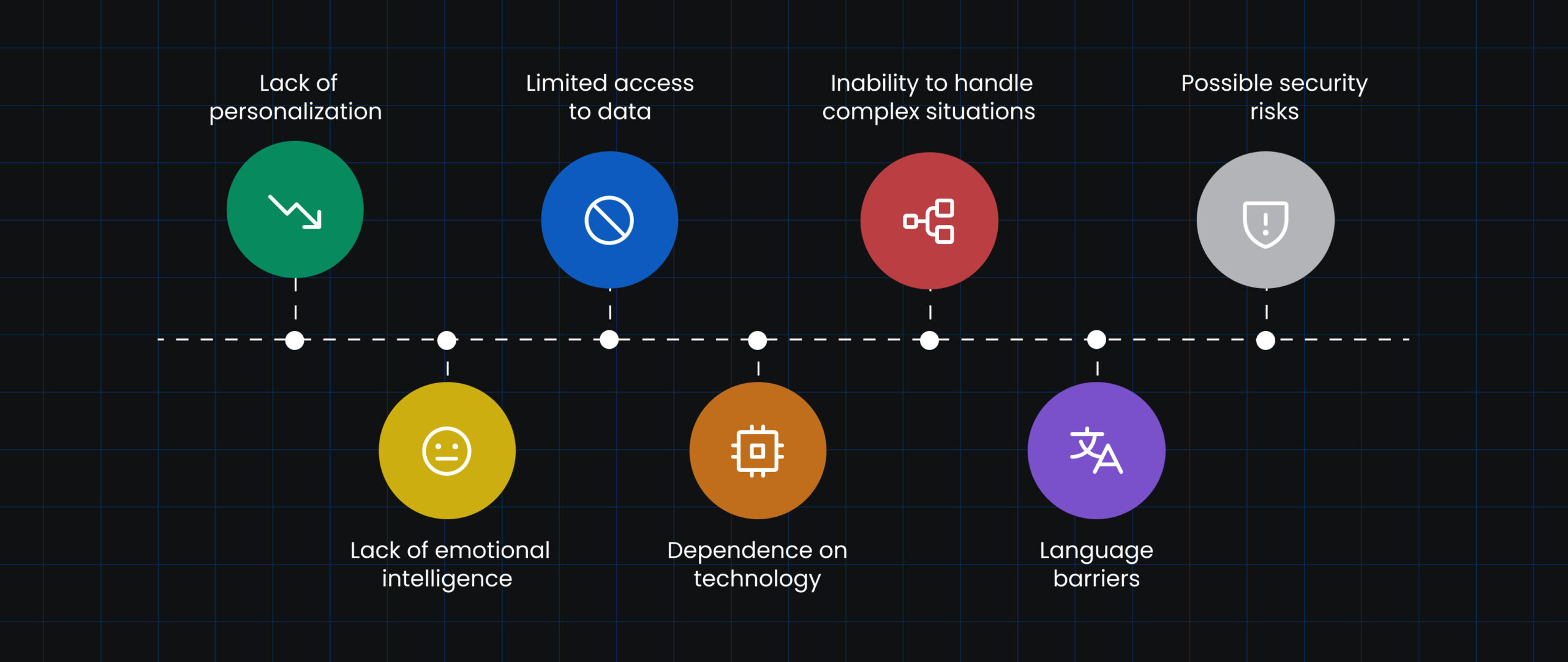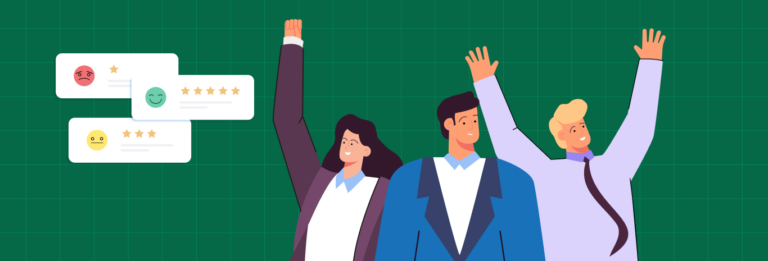Introduction
The world of AI chatbots has entered a new dimension thanks to ChatGPT. It has helped users move away from selecting predetermined responses, and tailor their queries in their own unique voice. Nearly everyone has already tried their hands at ChatGPT and discovered some “close enough” solutions to their problems or in some cases they could not. Yet, like any recently developed technology, ChatGPT is still in the testing stage and is continually learning, training, and gaining knowledge from its everyday interactions.

Generative AI has revolutionized the way we interact with technology, enabling machines to produce human-like outputs ranging from text to speech and even images, and has become increasingly popular in various industries, from healthcare to finance, and entertainment.
ChatGPT is always changing, and each update continues to astound its users. Everything from assisting developers in writing code for apps to passing Google’s engineering interviews. Yet, several issues exist that demand the attention of its regular users. Even while ChatGPT is speedy and thorough in its responses, it still has significant shortcomings when it comes to giving correct information.
In this blog, we’ll discuss the limitations of utilizing ChatGPT without any external help or interaction with other applications or systems. What are the challenges its users are facing, using ChatGPT as a standalone tool? Particularly, those who work for organizations and need quick resolutions to their problems and questions.

 Limitation 1: Lack of personalization
Limitation 1: Lack of personalization
Standalone ChatGPT cannot personalize responses for each employee, which can result in generic or irrelevant answers. For example, if an employee asks about their specific job responsibilities, the ChatGPT may provide a generic job description instead of personalized guidance based on the employee’s specific role and responsibilities. Personalization is important in providing effective communication and engagement because it helps to build a connection between the employee and the organization.
 Limitation 2: Limited access to data
Limitation 2: Limited access to data
Another limitation of standalone ChatGPT is that it may not have access to all the data in an organization, which limits its ability to provide accurate and useful responses. For example, if an employee asks about a specific project, the ChatGPT may not have access to the most up-to-date information about the project, resulting in outdated or inaccurate answers. Having access to all relevant data is important to provide effective communication and problem-solving.
 Limitation 3: Inability to handle complex situations
Limitation 3: Inability to handle complex situations
Standalone ChatGPT may struggle to handle complex situations that require human judgment and decision-making skills. For example, if an employee is experiencing a workplace conflict, the ChatGPT may not have the ability to provide an effective resolution beyond generic advice such as “talk to your supervisor”. Human involvement is important in complex situations to ensure the best outcome because it allows for the use of judgment and decision-making skills that are unique to humans.
 Limitation 4: Lack of emotional intelligence
Limitation 4: Lack of emotional intelligence
Standalone ChatGPT lacks emotional intelligence and empathy, which can be important in certain situations such as providing emotional support to employees. For example, if an employee is dealing with a personal issue such as a family member’s illness, the ChatGPT may not have the ability to provide appropriate emotional support beyond generic advice such as “take time off if necessary”. In such cases, human interaction is important in encouraging effective communication and building relationships because it allows for empathy and understanding of the employee’s emotional state.
 Limitation 5: Dependence on technology
Limitation 5: Dependence on technology
Standalone ChatGPT is entirely dependent on technology and may not be able to function during technical issues or downtime. For example, if there is a power outage or internet connection issue, ChatGPT may not be accessible to employees who need assistance. Having alternative communication methods is important to ensure continuous communication and problem-solving because it ensures that employees have access to the information they need even if ChatGPT is not available.
 Limitation 6: Language barriers
Limitation 6: Language barriers
If employees have varying levels of English proficiency, the chatbot may fail to understand and reply to their inquiries, resulting in irritation and misunderstandings. For example, if an employee speaks English as a second language and uses non-standard English words or terminology, ChatGPT may be unable to comprehend the inquiry and respond appropriately. This could result in a communication breakdown between the employee and the chatbot.
 Limitation 7: Possible security risks
Limitation 7: Possible security risks
A chatbot that is not properly secured may become a vulnerability that hackers can exploit. Hackers, for example, may use the chatbot to obtain access to critical company information or personal employee data. This can lead to severe consequences such as legal liabilities, compliance violations, and damage to the organization’s reputation. It is, therefore, crucial for organizations to ensure that they are only using chatbots that are well-protected and regularly monitored for any potential security breaches.
Conclusion
Chat-GPT is not a perfect solution for search or chat, but it is a major step in the advancement of AI chatbots. The chatbot is still in its learning phase and appears to be improving as we use it, thus many of the limitations mentioned above may be obsolete in a week based on how quickly things are developing.
Ultimately, Chat-GPT and other language models are powerful text-generation tools that can be very useful for a range of tasks; nevertheless, they have limits and should not be relied on for essential judgments.
Explore an enterprise-ready AI virtual assistant!
Schedule a demo todayFrequently Asked Questions
What is the disadvantage of ChatGPT?
ChatGPT may have several drawbacks as an AI language model. One problem is that it lacks real-world experience and hence is unable to properly comprehend human emotions and cultural subtleties. Furthermore, it may not always deliver the most accurate or trustworthy information, particularly when dealing with difficult or sensitive themes.
What is the accuracy of ChatGPT?
ChatGPT’s accuracy varies depending on the context and the quality of the training data. In general, it has demonstrated outstanding performance in natural language processing tasks, obtaining state-of-the-art results in a variety of benchmarks. Nonetheless, it can provide irrelevant or inaccurate replies in some instances, particularly when confronted with novel concepts or settings.
What are the limitations of ChatGPT?
One of ChatGPT’s limitations is its inability to reason and interpret context beyond the current sentence or paragraph. It may also struggle with common sense reasoning and inference, and if trained on biased or offensive data, it may produce biased or offensive replies. Moreover, it can only respond via text and cannot participate in other types of communication like voice or physical interaction.
What are the advantages and disadvantages of a chatbot?
Chatbots can do repetitive jobs, offer 24/7 customer assistance, and lighten the workload of human agents, among other benefits. By giving individualized and prompt solutions, they may also raise client satisfaction and engagement. Yet, there are some drawbacks to chatbots as well, such as their limited capacity for comprehending difficult or sensitive subjects, the possibility of their producing inappropriate or offensive replies, and the possibility of privacy and security issues if they handle sensitive data.






